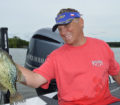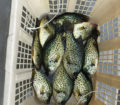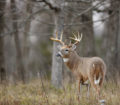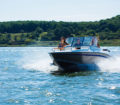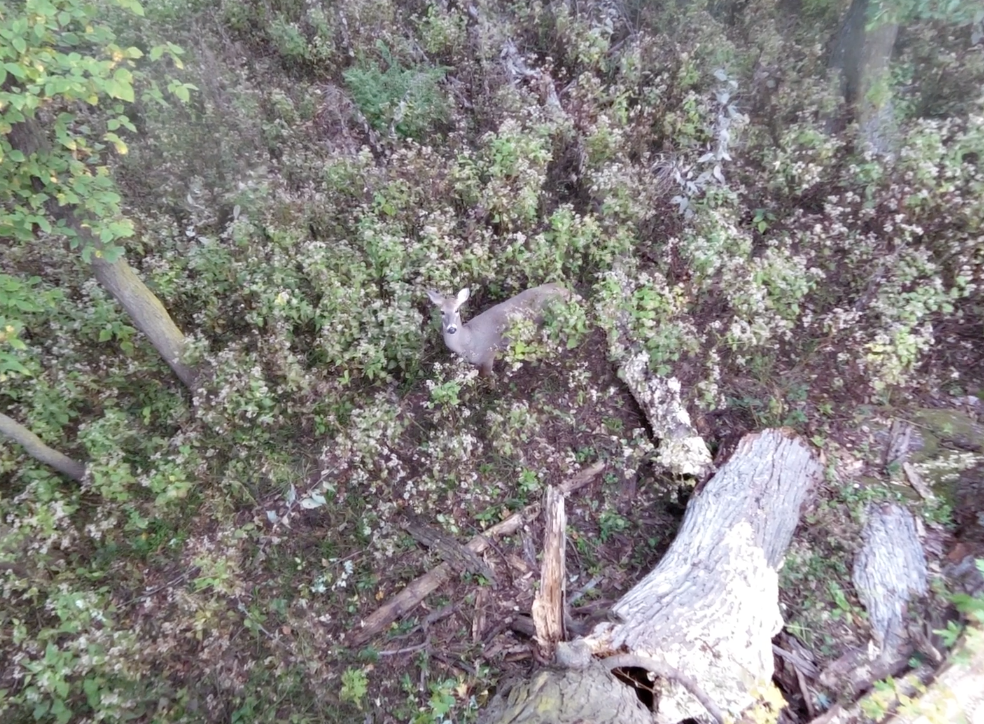By Mike Hawkins
Iowa DNR Fisheries Biologist
I was under the impression more people who recreate on East Lake Okoboji would know about the little island near Gingles Point. After all, it is the only island we have in the Iowa Great Lakes. Surprisingly, even some longtime residents were unaware this little island existed. As the restoration project to save the island gained momentum, I kept getting the same question over and over, “There’s an island in Okoboji?”
Islands on natural lakes aren’t that rare. Center Lake used to have one until it eroded away. Ingham Lake in Emmet County has two. Virgin Lake in Clay County has two, and Five Island Lake in Palo Alto County has….well, five. These islands are natural humps or the high part of underwater ridges that extend from shore. Our natural lakes in Iowa are infants in geologic terms, formed only 12,000 to 15,000 years ago. Many of them formed along the edge of the Des Moines Lobe of the Wisconsin Glacier.
These areas had intense amounts of glacial outwash from melting and the landscape was continually bull dozed with the advancement and retreat of this mile thick sheet of ice. Large deposits of glacial erratics (fieldstone) and sand and gravel from these processes formed the ridges and high points that would become islands.
East Okoboji Lake’s island is pretty small (only about ⅓ of an acre) and close to shore which makes it very easy to miss. This small natural geological feature looks to have been quite a bit larger at one time. It is clearly visible in aerial photographs from the 1930’s. At that time, the island had a bit of a lagoon on its west side and was about twice the size it is today. Over time the island shrank as wind, waves and high water took their toll. Sometime in the mid 2000’s enough sand and soil from the island was swept towards the lake’s shoreline that the island became more of a peninsula. Trees and shrubs toppled over as the soil was swept away. This little island was in danger of disappearing altogether.
Concern mounted for the disappearing island and its rather pathetic state. Members of the East Okoboji Island Condo Association and the East Okoboji Lakes Improvement Corporation helped to push forward a project to restore and protect this unique feature. Iowa DNR’s Lake Restoration Program provided the funding for this project along with some help from these two organizations.
A company that specializes in island building on the Mississippi River secured the bid for the project. They brought in a large barge, mini tugboat and excavation equipment in early April. Restoration started with clearing all of the fallen trees and shrubs. About 450 tons of fieldstone was then used to rebuild the island’s shoreline. After the shoreline was rebuilt, the island looked a bit like a bathtub. A long-reach excavator filled the bathtub with sand and bottom material scooped from around the island, rebuilding the interior and increasing its elevation. Lastly, about six inches of topsoil was brought in to support a native prairie seeding. The seed and soil were covered with erosion control blankets to protect it until germination.
The island will be mowed over the next three years to keep trees and shrubs from growing and to promote the prairie plants as they develop their extensive root systems. Starting in year three or four, fire will be used occasionally to keep the prairie healthy and discourage woody plants. Project partners are also considering planting a couple of bur oak trees on the island to help it resemble a native prairie oak savannah.
This island project is a small part of the ongoing work in the Iowa Great Lakes to help protect water quality and improve aquatic habitat. The large wetland restoration project at Garlock Slough on West Okoboji Lake, the shoreline restoration projects at Hattie Elston Access on East Okoboji Lake and Anglers Bay on Big Spirit Lake, improvements to the sanitary sewer system on Center Lake and common carp reduction strategies at Center Lake are just a few of the ongoing projects being undertaken by numerous partners in the Iowa Great Lakes.
In addition, project partners have enlisted the help of the Iowa Geological Survey and University of Iowa to begin diagnostic work on groundwater and surface water entering the lakes. These studies will identify key sources of nutrients and sediment which will help to guide future conservation work. Monitoring and sample collection have already begun.
The Iowa Great Lakes certainly deserve this investment of expertise and continued conservation work. It is vital that we protect their health and improve their resilience. The OPA and other local lake organizations continue to help make these efforts possible.
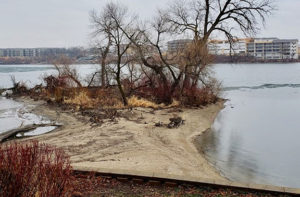
Okoboji Island before the recent renovation

Renovation to protect Okoboji Island in its final stages

